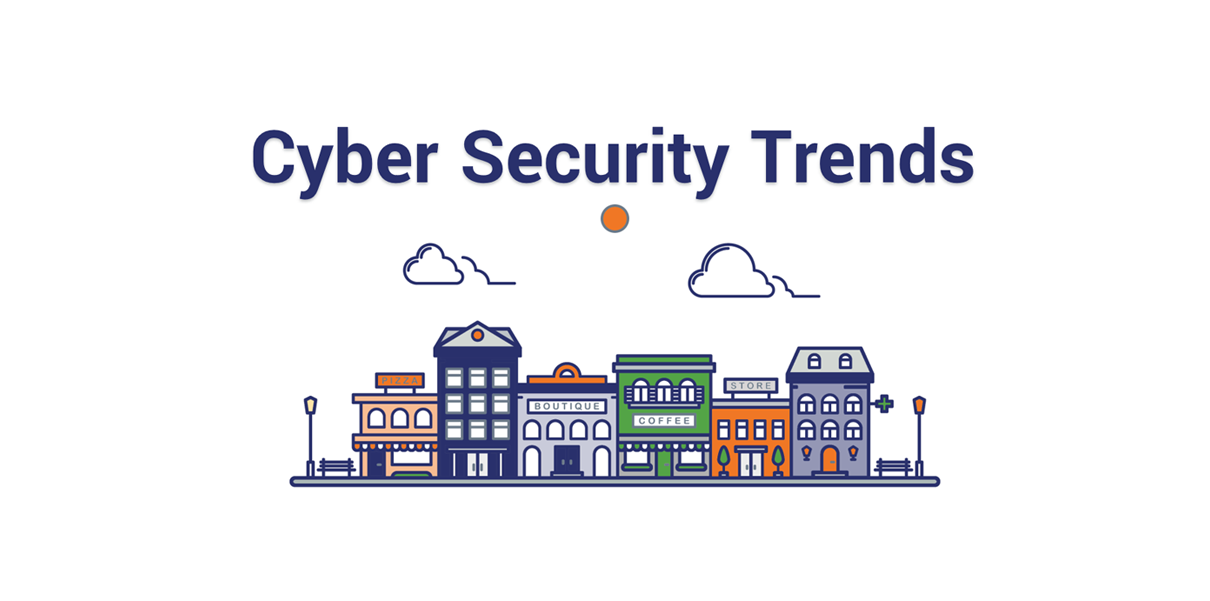
Cybersecurity Trends in Managed IT Services
Cybersecurity Trends in Managed IT Services
Managed IT services have become essential for businesses looking to enhance their cybersecurity posture without the need to maintain an extensive in-house IT team. Here are some of the key cybersecurity trends in managed IT services:
1. Zero Trust Security Model
Description: The Zero Trust model assumes that threats could exist both inside and outside the network. It requires strict identity verification for anyone trying to access resources on the network, regardless of their location.
Trends:
- Increasing adoption of Zero Trust architectures.
- Use of multi-factor authentication (MFA) and identity verification.
- Network segmentation and continuous monitoring of access requests.
2. Artificial Intelligence and Machine Learning
Description: AI and ML technologies are being increasingly integrated into cybersecurity strategies to identify and respond to threats more effectively.
Trends:
- AI-driven threat detection and response systems.
- Predictive analytics to anticipate and mitigate potential threats.
- Automated security operations centers (SOCs) using AI to reduce response times.
3. Advanced Endpoint Security
Description: As remote work and mobile device use increase, securing endpoints becomes critical. Advanced endpoint security solutions protect devices such as laptops, smartphones, and tablets from cyber threats.
Trends:
- Use of Endpoint Detection and Response (EDR) tools.
- Deployment of unified endpoint management (UEM) systems.
- Integration of endpoint security with broader security frameworks.
4. Cloud Security
Description: With the widespread adoption of cloud services, ensuring the security of cloud-based infrastructure and applications is paramount.
Trends:
- Implementation of Cloud Access Security Brokers (CASBs) to monitor and control cloud usage.
- Use of cloud-native security tools provided by cloud service providers.
- Emphasis on secure configuration and management of cloud environments.
5. Managed Detection and Response (MDR)
Description: MDR services provide continuous monitoring and response to cybersecurity threats by leveraging human expertise combined with advanced security technologies.
Trends:
- Growing adoption of MDR services among small to medium-sized businesses.
- Focus on threat hunting and incident response.
- Integration with Security Information and Event Management (SIEM) systems for comprehensive threat visibility.
6. Compliance and Regulatory Adherence
Description: Businesses must comply with various industry regulations and standards to protect data privacy and security.
Trends:
- Managed services offering compliance monitoring and reporting.
- Assistance with GDPR, CCPA, HIPAA, and other regulatory requirements.
- Automated compliance management tools to simplify adherence.
7. Threat Intelligence and Sharing
Description: Using threat intelligence to stay ahead of potential cyber threats is becoming increasingly important.
Trends:
- Managed services providing access to real-time threat intelligence feeds.
- Participation in threat intelligence sharing communities.
- Use of threat intelligence to inform proactive defense strategies.
8. Security Awareness Training
Description: Employee awareness and training programs are crucial for preventing social engineering attacks and fostering a culture of security.
Trends:
- Regular phishing simulations and cybersecurity training sessions.
- Managed services offering tailored security awareness programs.
- Gamification and interactive training methods to engage employees.
9. Ransomware Protection
Description: Ransomware attacks have surged, necessitating robust protection and response strategies.
Trends:
- Implementation of advanced backup and recovery solutions.
- Use of anti-ransomware tools and technologies.
- Incident response planning specifically for ransomware attacks.
10. IoT Security
Description: The proliferation of Internet of Things (IoT) devices presents new security challenges due to their often limited security features.
Trends:
- Deployment of IoT security management platforms.
- Network segmentation to isolate IoT devices.
- Continuous monitoring and vulnerability management for IoT ecosystems.
Conclusion
The cybersecurity landscape is rapidly evolving, and managed IT services must adapt to provide effective protection. By leveraging the latest trends and technologies, managed IT service providers can offer comprehensive cybersecurity solutions that address the unique challenges faced by businesses today.



